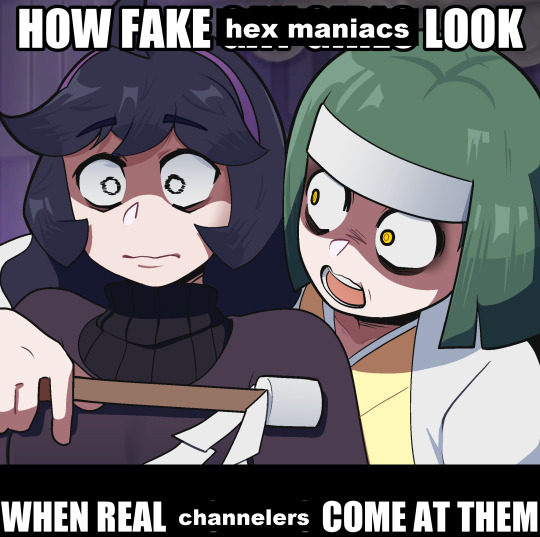Berry | 27 | She/They | White USAmerican | TME | No Minors
Don't wanna be here? Send us removal request.
Note
"all cops are bastards"
USamerican "leftist": "I agree"
"all US soldiers are bastards"
USamerican "leftist": *morphs into Adolf Hitler*
literally what’s been happening. i wonder if we explain it in terms of the us army being the “worlds police” they’ll listen
2K notes
·
View notes
Text
did you hear they're gonna start publicly executing anyone with a glimmer of hope and a light in their eyes
12K notes
·
View notes
Text
**Time is Running Out**
Imagine enduring a harsh winter in a tent made of tarpaulin, with nothing to shield you from the elements.
Every day brings the threat of freezing temperatures, and rainwater can flood our small space, putting us at risk of drowning. The cold can lead to serious health issues, such as chest infections and chronic illnesses.
You can see
I am pleading for help to save my family from this life-threatening situation.
Please, we need your support to escape this danger and find a safe place to live.
17K notes
·
View notes
Text
instead of working collectively to ensure people are cared for and have a safety net when they push back in their workplace, you should instead put the onus on individuals to make societal change at great personal risk by breaking laws and attracting attention from the state's judiciary branch. i am very leftist
#i really dont understand those call to action posts that involve massively endangering individuals for small scale social justice#being arrested and charged can be enough to ruin your life even if you didnt do anything#this doesnt take into account the ridiculous bail system#like its awesome that guy sent out <$20000 to people who need food stamps but that only covered those people for one month#and now youve paid over $100k in bail alone to the same state that is starving people#this is not a win
8 notes
·
View notes
Text
homeschooling in the US needs to be regulated but this is one of those conversations that immediately gets crushed by extremist conservatives and even well-meaning liberals will pipe up to be like "well some homeschooling is good!" when that's absolutely not relevant. regulation will not change anything for the homeschooling families who are serious about their children's education. the people who need to be regulated are the fringe extremists
34K notes
·
View notes
Text
I'm sorry to all the tone-indicator people, but "/hj" will always mean "end of handjob" for me
36K notes
·
View notes
Text
I hate that post dissing arugula like you don’t know anything
343 notes
·
View notes
Text
me and two of my mutuals i followed for the same thing realizing all three of us are mutuals with each other

2K notes
·
View notes
Text
My main idea of history is that it's never over. The past is not even past, class struggle is still going on, there are still new ways to concieve and build society, and it will keep going on. To me it's a strange point of view when I meet people who seem to believe history is 'over' (that is for example, believing liberal democracy is the ultimate form of government) or who want to return to the past. History is still happening.
236 notes
·
View notes
Text
cats are really good at looking at things. very useful
57K notes
·
View notes
Text
Btw, you can donate to menstrual hygiene kits for Sudanese women, which I would highly recommend if you can
https://www.globalgiving.org/projects/padsforpeace/
18K notes
·
View notes







